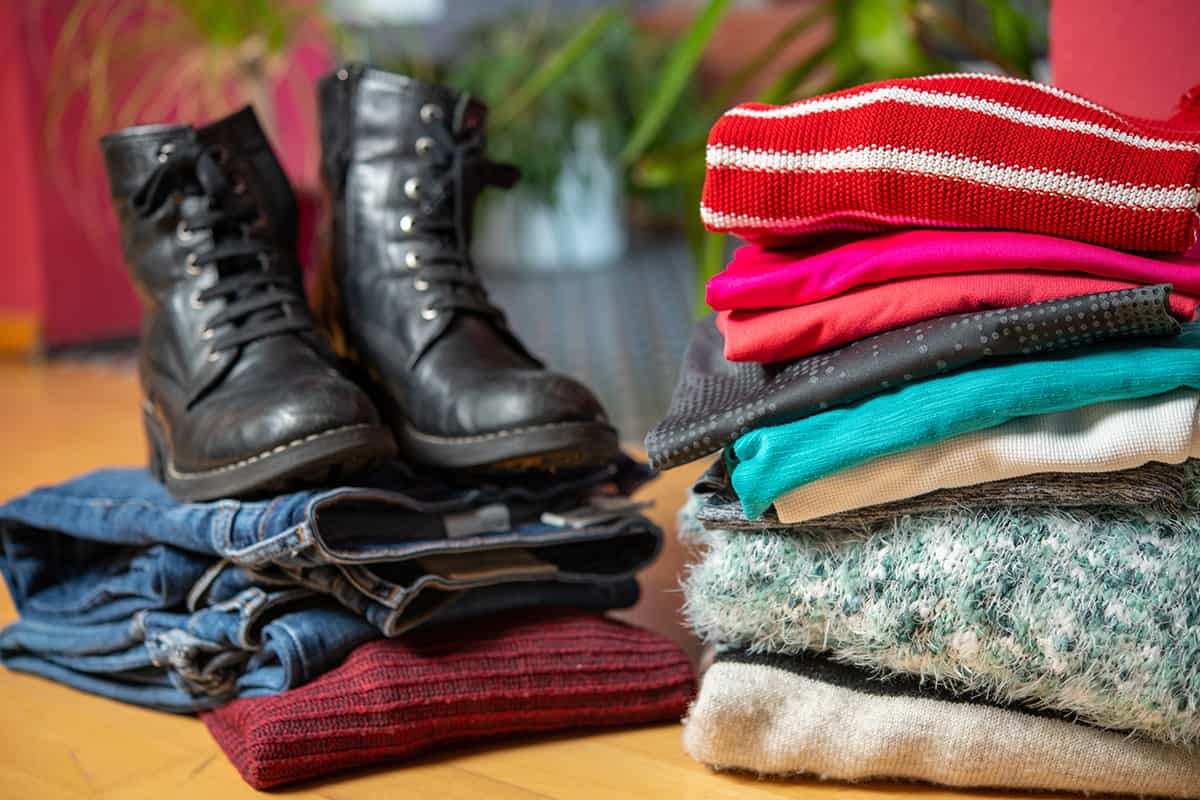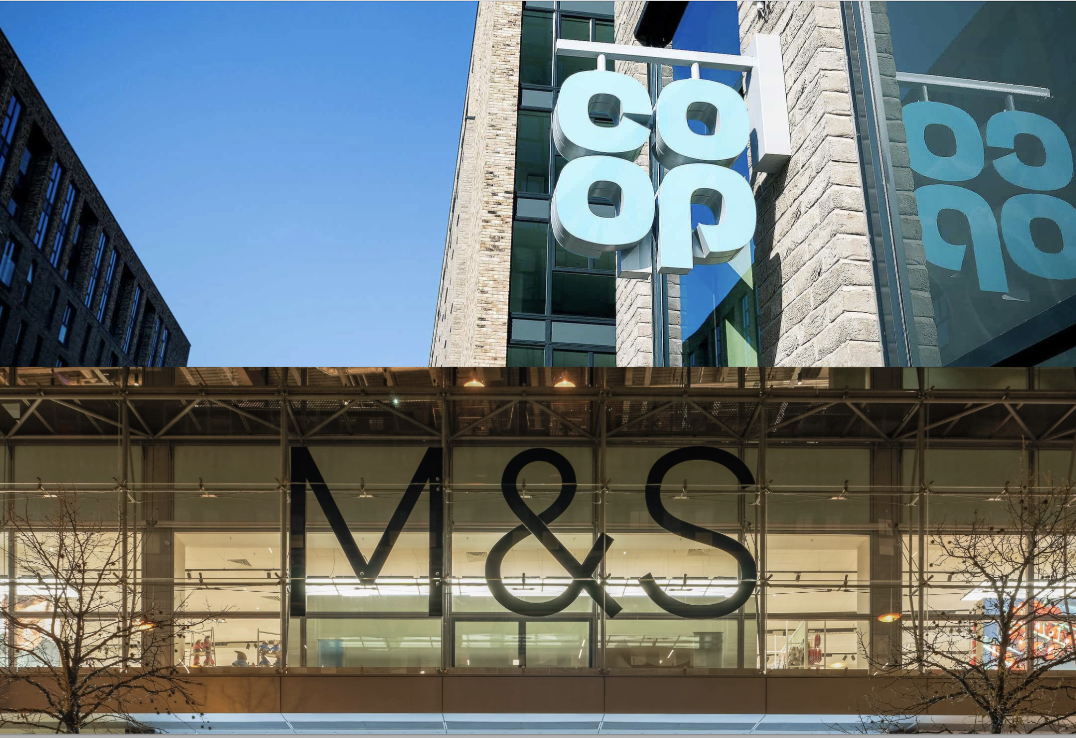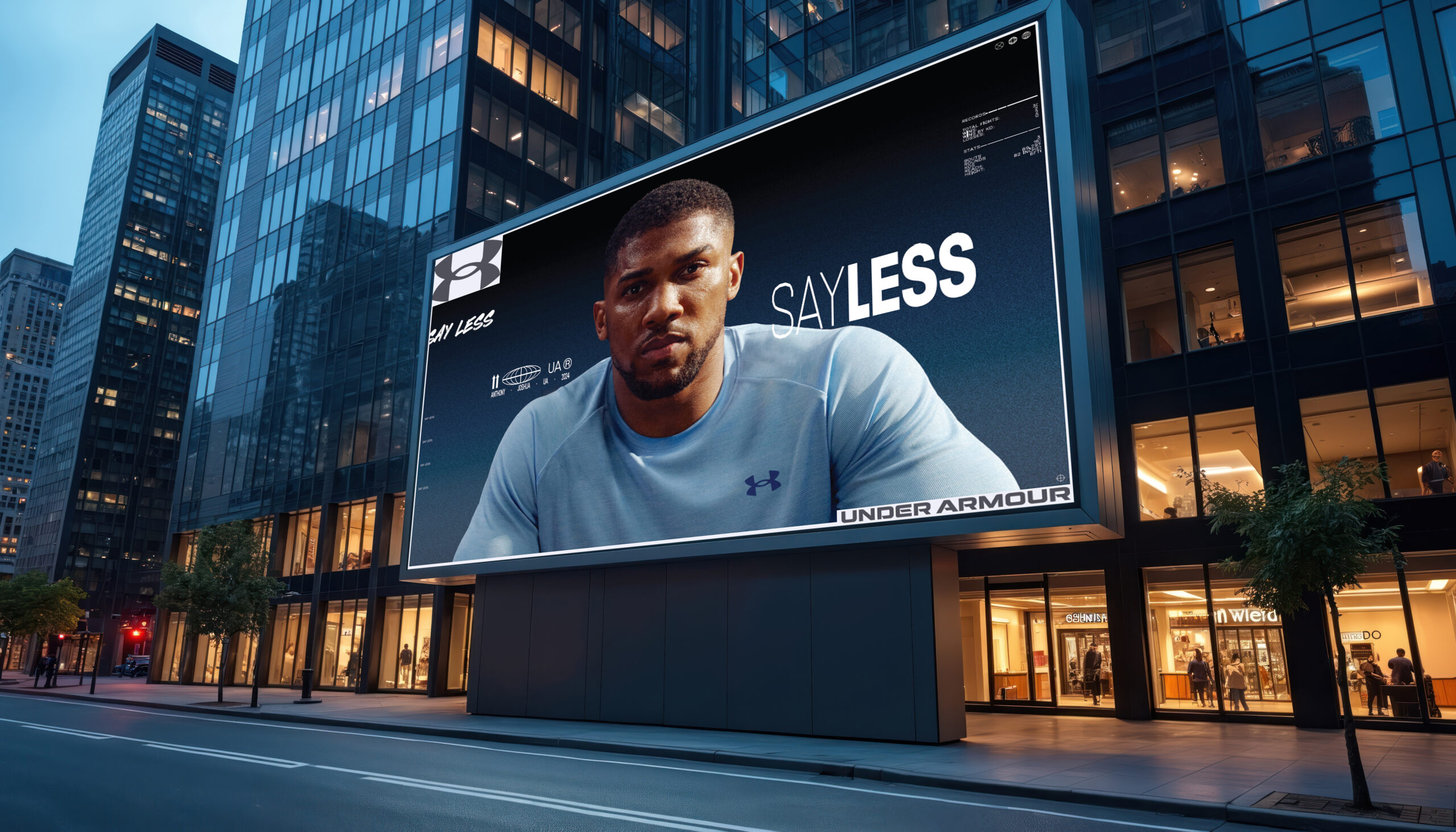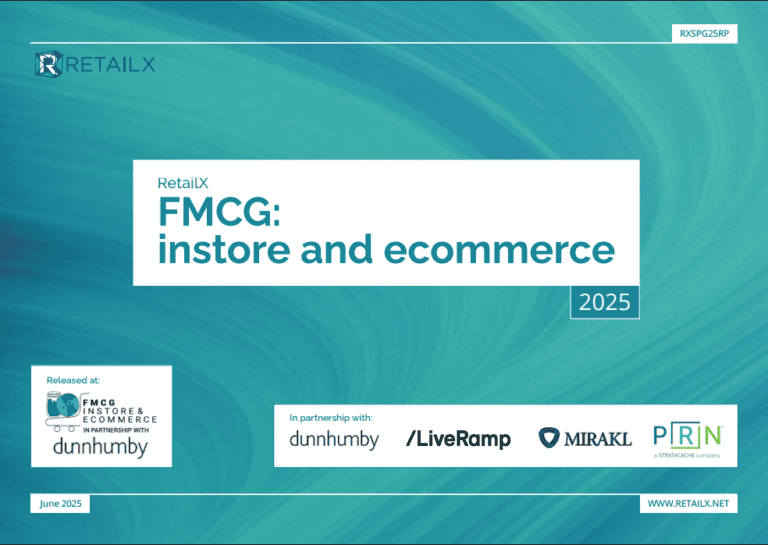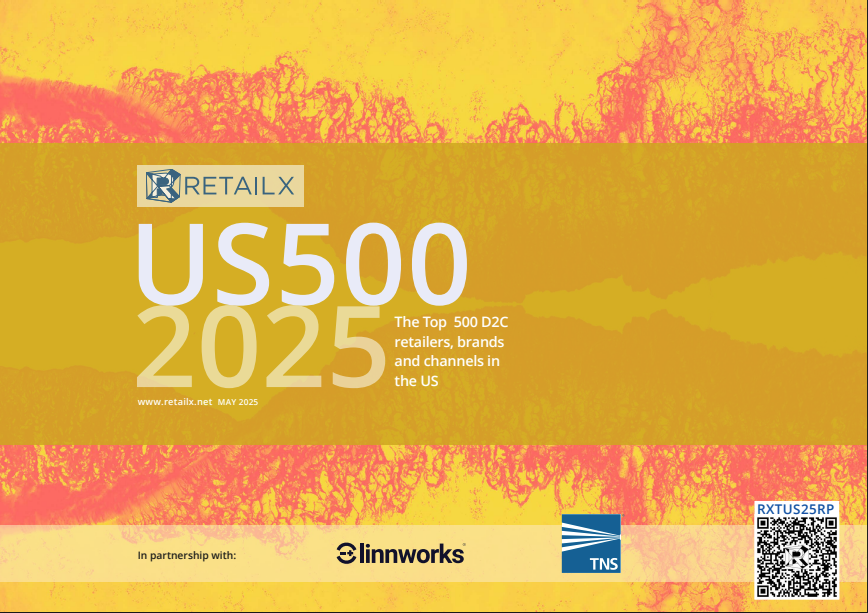Next this week reported falling sales and profits.
The fashion-to-homewares retailer reported group revenue of £1.89bn in the half-year to July 2017, down by 2.7% from £1.94bn a year earlier, with store-based sales down by 8.3% and predominantly online sales from its Directory business up by 5.7%. International full-price directory sales were up by 30.7%, while in the UK they rose by 3.1%. Overall, Next brand sales were down by 2.3% following what the retailer described as “a particularly difficult half”. Pre-tax profits of £309.4m were 9.5% down on last time.
Chief executive Simon Wolfson said: “While the external environment looks set to remain difficult, from where we stand today our prospects going forward appear somewhat less challenging than they did six months ago. We have seen the benefits of product improvements begin to work their way through into our Autumn ranges and the medium-term outlook for pricing looks more benign, with price inflation set to moderate to just +2% in the first half of next year and to 0% in the second half.
“The programmes of improvement we have made to our Directory business are beginning to bear fruit and our two new and developing businesses, LABEL and Directory overseas, continue to deliver healthy levels of growth.”
Next is a Leading retailer in IRUK Top500 research, while its Lipsy brand is a Top350 retailer. Lipsy’s total sales fell by 14% to £12.1m during the year. Its sales via the Next Directory were up by 56%, but those via Next retail stores down by 8%.
Here’s what the retailer said about its multichannel strategy.
Stores and online
Next reduced its number of stores to 530, from 538 over the year, while floor-space increased by 1.1% to 8.1m sq ft. Sales via stores fell over the first half of the year, but Next says a “long hard look” at its retail business shows that its stores are profitable and cash generative. It also sees that “our shops are an important part of our online service to the increasing number of customers who collect and return their orders through our stores.” More than 50% of online orders and 80% of returns are currently fulfilled through its stores and, said Next, “it is hard to determine how much these store-based services contribute to the success of Next Directory.” The retailer expects to see new opportunities to integrate its retail stores with its online business in order to boost the customer experience.
Next looked at what would happen if like-for-like sales declined by 6% and found that 10-year sales would fall by 57%, with unprofitable stores being closed. But it believes the store-based business will still generate sales of £1bn or more, and that rents will fall if high street sales continue to be subdued.
“It might seem counter-intuitive to open shops if there is to be a prolonged downturn on the High Street,” said Next in its statement. “However we aim to pay back capital invested in new stores within twenty four months, assuming flat like-for-like sales, so even in a world of declining like-for-like sales, a new store is likely to generate significantly more cash than we invest in it.”
Online investment
In March 2016, Next said its website systems and online marketing had fallen behind best-in-class. Since then it has gone through an improvement programme and says it believes that the improvement in Directory sales is as a result of investment in online systems and marketing.
Those investments include work to improve the personalisation and relevance of merchandising and advertising through analytics and data management. Now, it says, 40% of customers now see home pages that are tailored to their broad areas of interests – and sales among customers viewing those home pages have risen by about 1%. Logged-in or recognised customers can now view their shopping bag across all devices, and can save items from a shopping bag to a save for later list. Abandoned baskets are saved for returning customers and promoted both via email and social media. Intelligent recommendations have also been introduced. But, said Next, “Although these improvements are delivering measurable benefits, our current levels of customer segmentation and personalisation are still very basic. There is much more that can be done to make better use of customer data and our new content management systems. Over the next eighteen months we plan to deliver progressively more comprehensive segmentation of our customer base and increase the variety of website experiences depending on customer profile.”
Mobile
Next has rolled out its mobile website across the UK, and says that conversion rates for mobile have risen over the last 18 months from 4.2% to 5.3% – an improvement of 26%. The site is being rolled out in Next’s 12 largest overseas markets, which account together for 53% of overseas directory turnover, in a process set to complete in the next two months before moving on to smaller markets. Checkout and registration processes are now set to be streamlined.
Logistics
A NextUnlimited subscription scheme enables customers to pay £20 for a year’s unlimited next-day delivery to home. This now accounts for more than 10% of orders. “We estimate that the net cost of providing NextUnlimited deliveries will be around £5m in the current year but this will be more than offset by the profit on the incremental sales generated,” said Next.
The retailer plans to increase the number of Continental European countries served by its German hub. This, it says, will reduce costs and also “serves to prepare our continental business for any changes that might occur to customers arrangements over the coming years.”


